The ozone world
Let’s explore the applications
The characteristics of ozone make it an important ally in many sectors where sanitation is an essential requirement for quality and safety. Not only agrifood: Application for air and water to gain optimal results.
Fruits and vegetables
Microbes and metabolic enzymes accelerate the deterioration of fruits and vegetables. Ozone is the best protection. The storage areas can be treated with gaseous ozone and the packaging lines with ozonated water to reduce the microbial loads and fungal spores which are responsible for degradation.
Premature spoilage from ethylene is another fundamental aspect as it produces unwanted ripening of fruits and premature senescence of vegetables. Ozone hinders the production of ethylene by breaking down and transforming its molecule into harmless by-products. Premature spoilage from ethylene is another fundamental aspect as it produces unwanted ripening of fruits and premature senescence of vegetables.
Many contact surfaces are involved in the processing and treatment of fruit and vegetables, such as machinery, conveyor belts, containers tin addition with the handling of the working staff. Last but not least, the presence of soil with its high load of pathogenic bacteria and fungi must be considered. The washing water itself often has to be treated with chlorine or other chemical additives to meet the potability requirements. Water treated with ozone is the winning solution to all these problems. Ozone ensures, with regular and careful maintenance of the system, a correctly sanitized environment. In addition, the water treated with ozone is disinfected and at precise concentrations allows it to become, in turn, a sanitizing agent for the thorough washing of goods.
What’s more, ozone replaces chlorine even more effectively, without leaving residues or creating the formation of thyralomethane (which is harmful to health). A very reduced use of chemicals also leads to reduce interventions in the treatment of water. The use of ozone is therefore a much more environment-friendly treatment.


Meat
The transmission of microbes and the increase in their charge are parameters that affect the air and the contact surfaces of the meat.
Gaseous ozone or ozonated water in the washing phase, is useful to eliminate bacteria, fungi, viruses, molds, spores and protozoa. As a result, meat with reduced bacterial contamination is healthier, looks better and lives longer.
As a result, meat with reduced bacterial contamination is healthier, looks better and lives longer.
Dairy products
The application of ozone in brines is considered one of the most effective systems in water disinfection processes. The aim is to reduce bacterial contamination of the brine coming from the closed circuit during the immersion process. The addition of salt aims not only at improving the flavour of the cheese, but also at controlling the microorganisms. It also participates in the formation of the crust that protects the product and the process continues with the drainage of the cheese.
The most common technique of salting cheese is to put it in refrigerated brine, with a pH close to the cheese one and sodium chloride concentrations close to saturation. The permanence time of cheeses in brine is variable and depends mainly on the size of the cheese and on the degree of pressing. The brine must be renewed periodically, the commonly used methods are filtration with the use of various physical or chemical agents.
The ozonation system will improve the quality of the brine used in the closed circuit by acting on the quality of the product and reducing bacterial contamination of the brine. There will also be savings because it will have to be replaced less frequently.
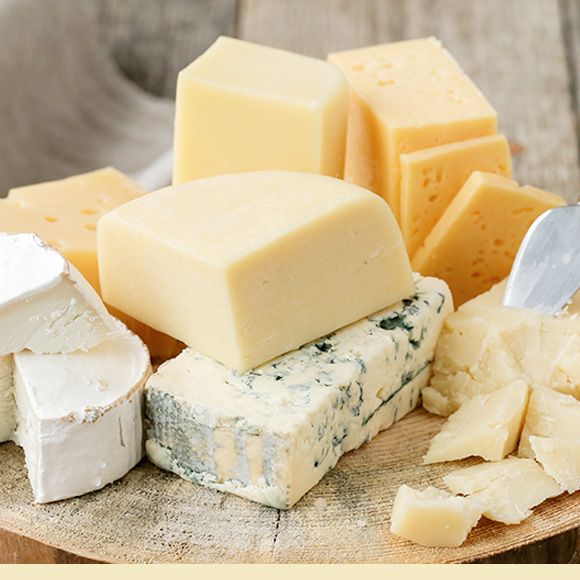

Floricolture
Ozone is ideal for controlling the proliferation of microbes through air treatment. In presence of refrigerated air, the ozone doses to be emitted are lower than usual as cold slows down its halving time. It also allows you to eliminate the fungal spores of freshly cut flowers.
The benefits are an extended shelf-life and a reduction in the use of pesticides and chemicals.
Fish farming
In the fishing industry, ozone can be successfully used in all stages from fish farming, shellfish relaying, up to the processing and conservation of the fish. It is usually used in gaseous or aqueous forms in combination with refrigeration, obtaining a winning result.
The proven antimicrobial and antiviral activity of ozone is particularly useful in the fish sector due to the particular sensitivity of the fish to the degenerative effects of microorganisms. The use of ozone does not alter the organoleptic components of the product, guaranteeing the following benefits that can already be found in the processing phase of the fish:
- Reduction of the bacterial load in the microclimate of the cold room and on the product with the result of lengthening and improving the conservation times and the quality of the catch
- Elimination of unpleasant odours
- Cost reduction for the elimination of products that no longer comply with hygiene standards
The use of storage ice obtained from ozonated water allows the surface bacterial load to decrease. How does it occur? It occurs by lengthening the storage time of the product. The use of ozonated water inside the CIP (Clean-in-Place) allows you to replace the rinsing phase of the surfactants, disinfection with chemicals and subsequent rinsing with a single treatment by means of ozonated water. This iaspect involves enormous savings for companies in terms of costs of chemicals and cleaning personnel.
In fish farming, for example, ozone can control the microbial load of water from viruses, protozoa and fungi pathogens for fish, increasing the growth rate (greater fish production obtainable with the same structures as epidemics caused by a specific pathogen may cause production losses ranging from 20% up to 70%).
By modifying those parameters, a decisive improvement in the quality of the water itself is obtained by enormously reducing the volume of water needed per tonne of fish produced You will also find that fish reared in purified water assimilate the feed much better so the growth ratio of the weight as a parameter of the quantity of supplied feed is definitively more favourable (considering the consequent economic income).
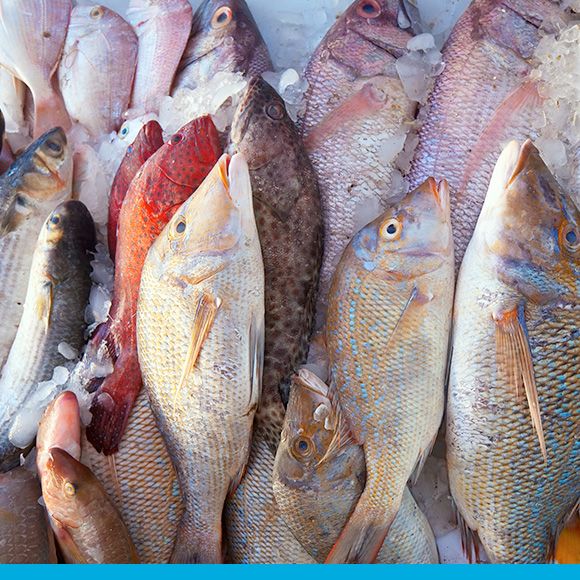

Wine
In the winemaking process, the use of sulphites is a very common practice which is connected to different beneficial properties: Antimicrobial, antioxidant and color stabilizer. Sulphur dioxide allows to keep the microbial and oxidative state of the must-wine under control, avoiding the establishment of microbial contamination and / or oxidation processes. The use of sulphites has a recognized toxic effect on humans and a negative impact on the aroma of wine.
The application of ozone allows you to reduce the use of sulphur dioxide, improving many stages of wine production because ozone destroys bacteria, viruses, spores and other microorganisms.
The application of ozone involves the reduction of contamination and alterations in the winemaking processes, a considerable saving of water, energy and chemical products.
Healthcare
Ozone is frequently used in laboratories and in healthcare environments in general, where more than ever a complete and guaranteed sanitation is required Scientists highlight this solution because, in addition to being highly effective, it does not involve chemical residues that could create any further problems.
The use of ozone is the most effective and natural method for the oxidation of bacteria, fungi and viruses that normally proliferate in these environments. Thanks to ozone, even the micro-organisms responsible for unpleasant odours are eliminated. Ozone has a higher disinfectant power than chlorine as certain strains of bacteria, resistant to chlorine, are eradicated by means of ozone. Areas at high risk of contamination (infectious diseases, high loads of bacteria and viruses) are strongly assisted by the use of gaseous ozone and ozonated water.
The use of ozone in ventilation systems or water treatment for cleaning purposes strengthens the protection of patients.


Ambulance
The ambulance is a medical environment. Ozone owns all the features required for hospitals, laboratories and any type of hospital medical facility. However, it should be emphasized that ambulances, due to their use, are subject to very intense pollution.
Para-medical staff and patients can avoid the transmission of infectious diseases by cleaning the passenger compartment with ozonated water. In particular by providing intensive disinfection of the air inside the vehicle when it is not working.
In that case, a treatment by high ozone concentration, in a closed environment, in the absence of people, is recommended, using ozone generators different from those normally used for environmental sanitization and deodorization, and based on treatment time carefully studied from time to time.
Laundry
The use of ozone for the washing of clothes and linen increases the effectiveness of detergents. As a result, operating temperatures can drop from usual levels of 60 ° C / 75 ° C to temperatures closer to 35°C.
Even the detergent mixture can be reduced: The ozone itself, in fact, oxidizes and disinfects the garments so it is possible to eliminate chlorinated bleaches and use less aggressive agents. Furthermore, ozone allows you to maintain neutral pH and allows you to eliminate the chemicals that must remedy the imbalances caused by the use of detergents.
Further benefits: Ozone opens the fibers and therefore facilitates rinsing, with the consequent advantage of saving detergent, chemicals, energy and water.
The fabrics are more sanitized and suffer less damage. The commercial life of fabrics increases and, if we think about crucial sectors such as hospitality, significant savings can be achieved on supplies.
Finally, the environmental impact is remarkably positive with the reduction of detergents and energy consumption.
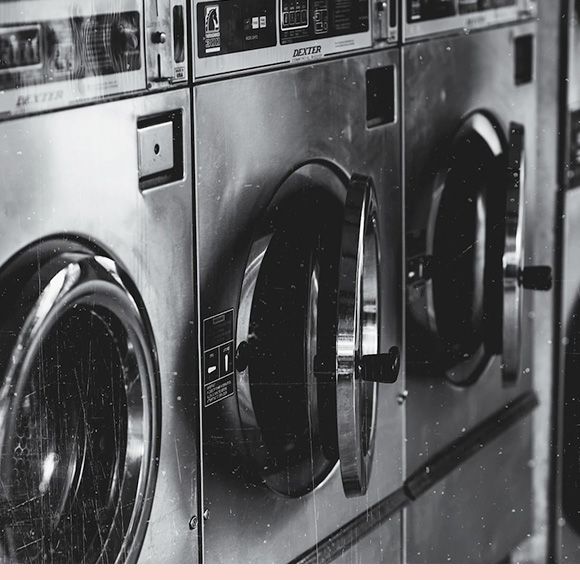

Hotel
Environments where ordinary human activities take place in, whether public or private, there are many sources of contamination. In particular, hotels with intense traffic are especially exposed to the risk of proliferation and propagation of bacteria, viruses, fungi and other pathogens.
This risk can be effectively counteracted with the use of air and ozonated water which find useful applications in the different environments of hotel facilities, from rooms to common areas, from spas to kitchens.
Carpets, rugs, mattresses are easy receptacles for parasites, bacteria and mites, which are responsible for respiratory disorders, redness of the eyes and other annoyances. Ozone sanitizes much more deeply than simply cleaning with a vacuum cleaner or carpet cleaner.
The oxidizing power of ozone eliminates pathogens. As result, any unpleasant odour due to pets, cooking, mould, are not superficially covered, but completely eliminated.
Air quality is the most easily perceptible element probably. Smoke-saturated rooms, closed meeting rooms and rooms adjacent to kitchens can be purified. The use of ozonated water has advantages in maintaining the freshness of food, in the sterilization of instruments and in the disinfection of contact surfaces.
Of course, the use of ozonated water can bring great advantages in spas, where hygiene is strictly mandatory, and in swimming pools. Furthermore, ozonated water does not leave residues on the skin and does not spread any odour and negative effects of chlorine.
Gym
Exercise machines have been designed to be constantly in touch with its users. Customers arrive in the changing rooms contaminated from the outside (either sweated or wet). The air in the various rooms therefore often smells like humid.
The use of perfumed essences in the environment covers odours, chemicals disinfect, but the air remains contaminated and heavy. Chemicals may also damage various materials in unsuspected ways. On the other side, ozone creates a pathogen-free environment both in the exercise rooms and in the locker rooms; It carries out its environmental deodorization action not simply by covering odours but by eliminating the cause that produces them, oxidizing and destroying the organic molecules responsible for odours. Ozone sanitizes air and surfaces.
In relaxation areas with a swimming pool, the use of ozone dissolved in water helps to keep the water crystal clear, without burning eyes and without leaving the skin dry.
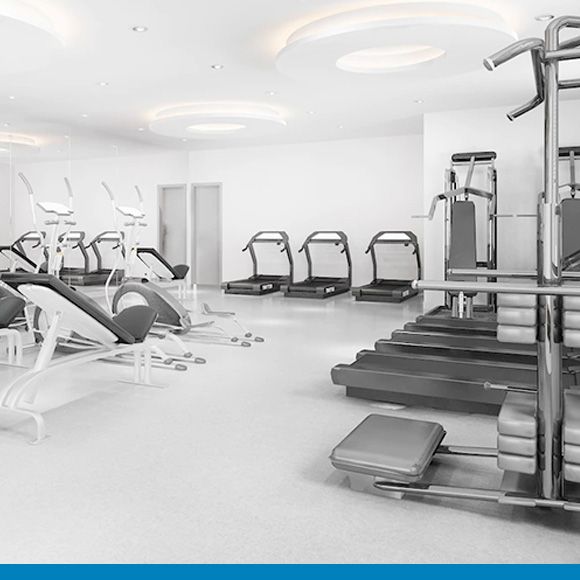

Logistics
The organic goods produced and transported may suffer from contamination due to the previous treatments. Thorough washing of the surfaces of transport vehicles with ozonated water will disinfect the unit from microbes, viruses and fungi, ensuring a safe and clean journey.
The ozone treatment of the storage and transit rooms of goods before loading them into the means of transport will provide an additional shield against contamination on the way to the customer.
FAQ
Special meters (scalable in both ppm and g / h) constantly monitor the concentration in the designated environment.
Parts of ozone per 1 million parts of air. That is to say, the quantity of ozone released into the environment. “Ppm” is a unit of measurement and it stands for “parts per million”: It indicates how many parts of ozone there are in a volume in which you find 1 million parts of total air. More simply, it is a preventive measurement, which consists in g / h (grams / hour) showing the real quantity produced by the ozone generator.
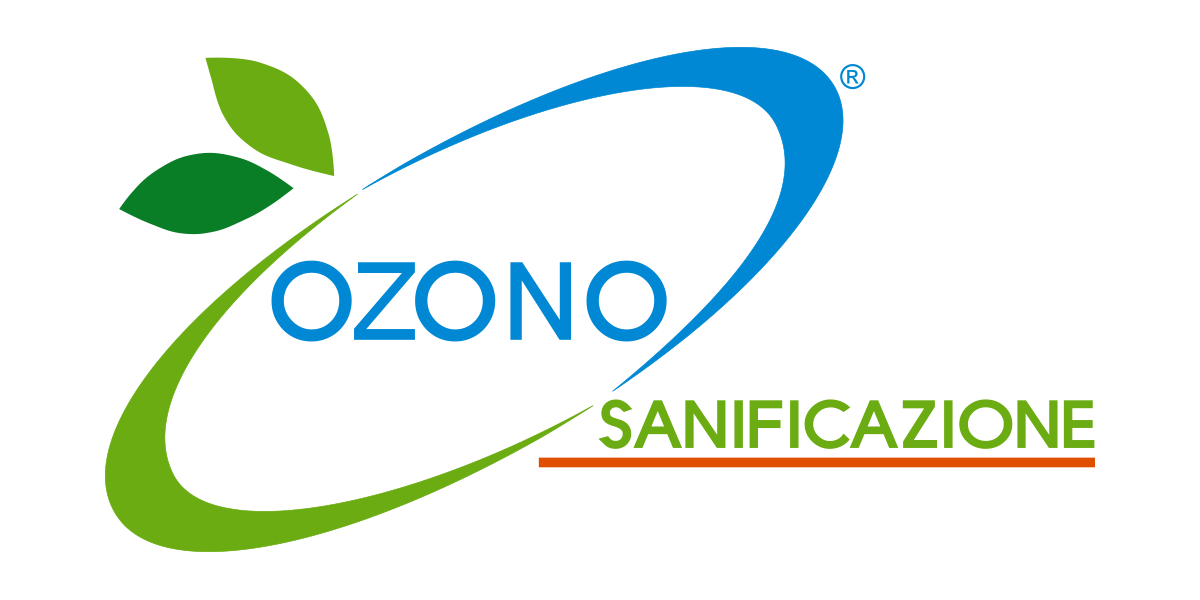
Contacts
SAIM Service srl
Via Pantanello, 19 04022 Fondi (LT)
(+39) 0771 510470
info@saimimpianti.com
Quick menu
Follow us
-
Facebook
-
Linkedin
-
YouTube

